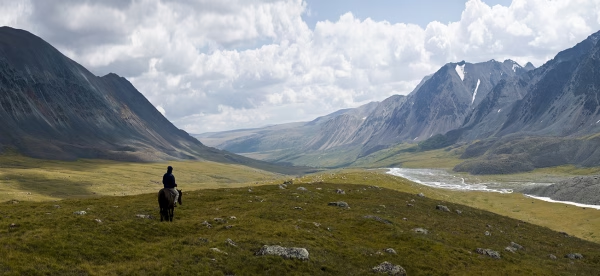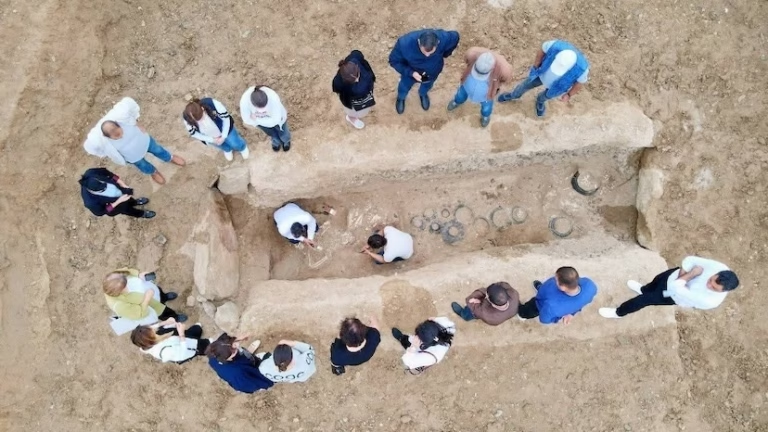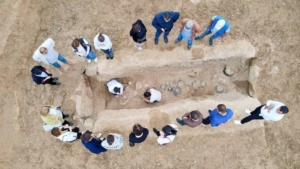A groundbreaking new study reveals that the roots of the Uralic language family—including Hungarian, Finnish, and Estonian—may lie far deeper in Siberia than previously believed. By analyzing ancient DNA, scientists have traced the linguistic and genetic ancestry of over 25 million modern speakers back to northeastern Siberia—thousands of kilometers from their current homelands.
Uralic Languages: From the Taiga, Not the Tundra of Europe
Published in the journal Nature, the study combines genetic data from 180 newly sequenced ancient Siberians with over 1,000 previously documented ancient individuals. The research was led by Harvard geneticist David Reich and his team, who revealed that the ancestors of Uralic-speaking peoples lived around 4,500 years ago in a region known today as Yakutia.
“These origins are geographically much closer to Alaska or Japan than to Finland,” said Alexander Mee-Woong Kim, co-lead author and evolutionary biologist.
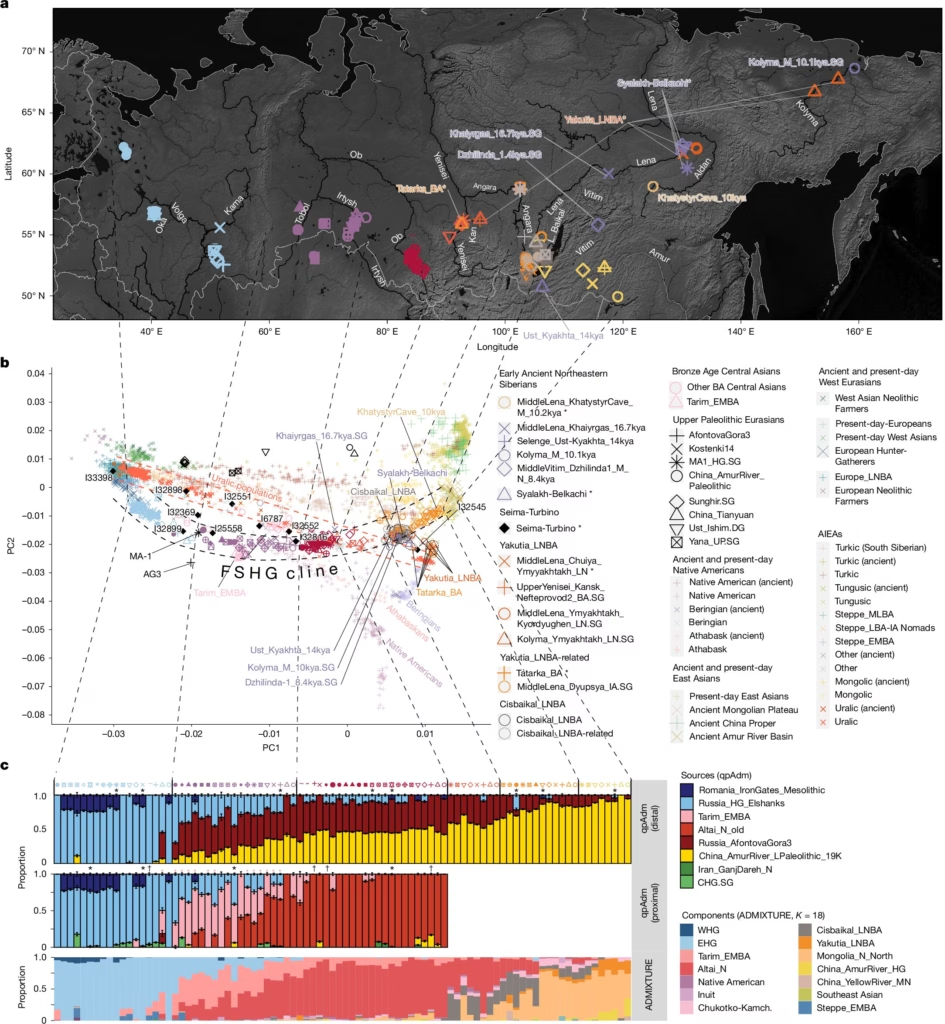
Hungarians and Finns Share a Siberian Ancestor
The study found that many modern Uralic-speaking communities carry a distinct genetic signature—first seen in pure form in ancient Yakutian samples. While Estonians show about 2% of this ancestry, and Finns around 10%, modern Hungarians have retained almost none of it. However, ancient DNA from medieval Hungarian conquerors confirms that they once carried this eastern lineage—suggesting they brought the language westward.
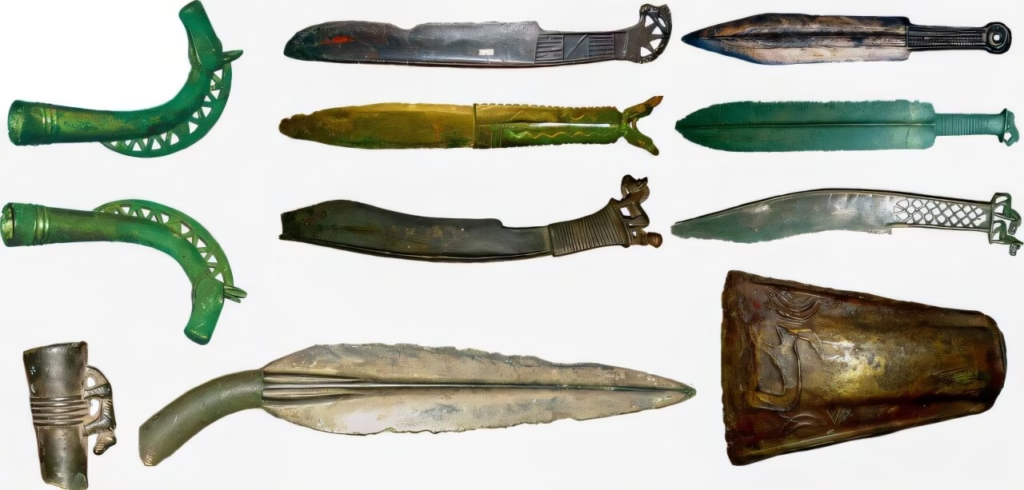
Bronze Age Breakthrough: Seima-Turbino and the Spread of Uralic Languages
One key factor in the Uralic language spread was the Seima-Turbino phenomenon—a sudden emergence of advanced bronze-casting techniques across Northern Eurasia around 4,000 years ago. These technologies likely empowered small, mobile groups to spread their languages and cultures over vast distances.
“Bronze was transformative,” explains co-author Tian Chen (TC) Zeng. “Its production required long-distance trade and new forms of social organization, helping accelerate cultural diffusion.”
Yeniseian Echoes: Another Siberian Language Family Emerges
The research also provides new genetic insights into the Yeniseian language family, now nearly extinct except for the endangered Ket language of central Siberia. Traces of this family were found near Lake Baikal—offering tentative support for the Dene–Yeniseian hypothesis, which links Siberian languages to Native American Na-Dene languages.
“You can still see traces of Yeniseian influence in place names across Mongolia and Central Asia, even where Turkic or Mongolic languages dominate today,” Kim said.
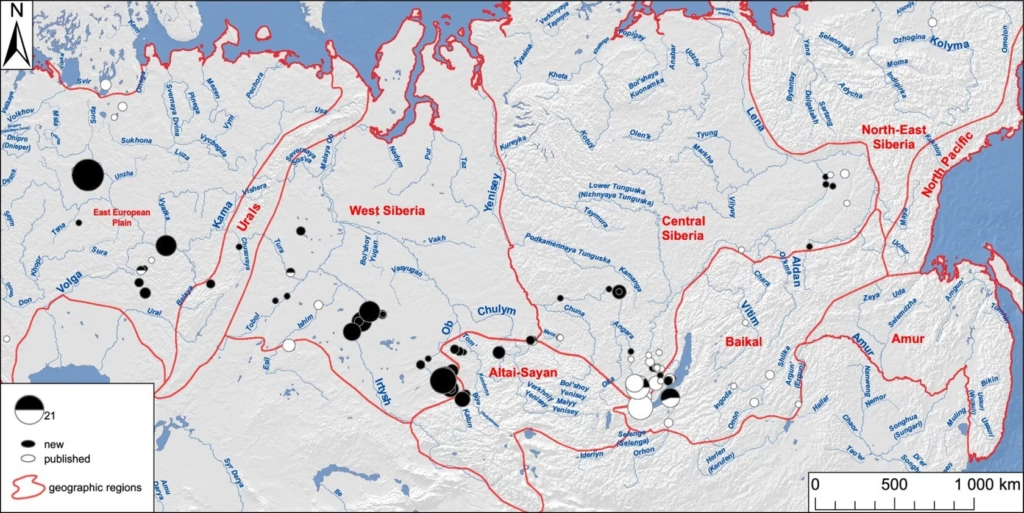
East-to-West and West-to-East: A Linguistic Crossroads in Eurasia
David Reich summarized the study’s implications: “We can now see that as Uralic speakers moved west from Siberia, Indo-European speakers were expanding eastward from the Pontic Steppe. Their interactions helped shape the linguistic map of Eurasia as we know it today.”
Tian Chen Zeng et al, Ancient DNA reveals the prehistory of the Uralic and Yeniseian peoples, Nature (2025). DOI: 10.1038/s41586-025-09189-3
